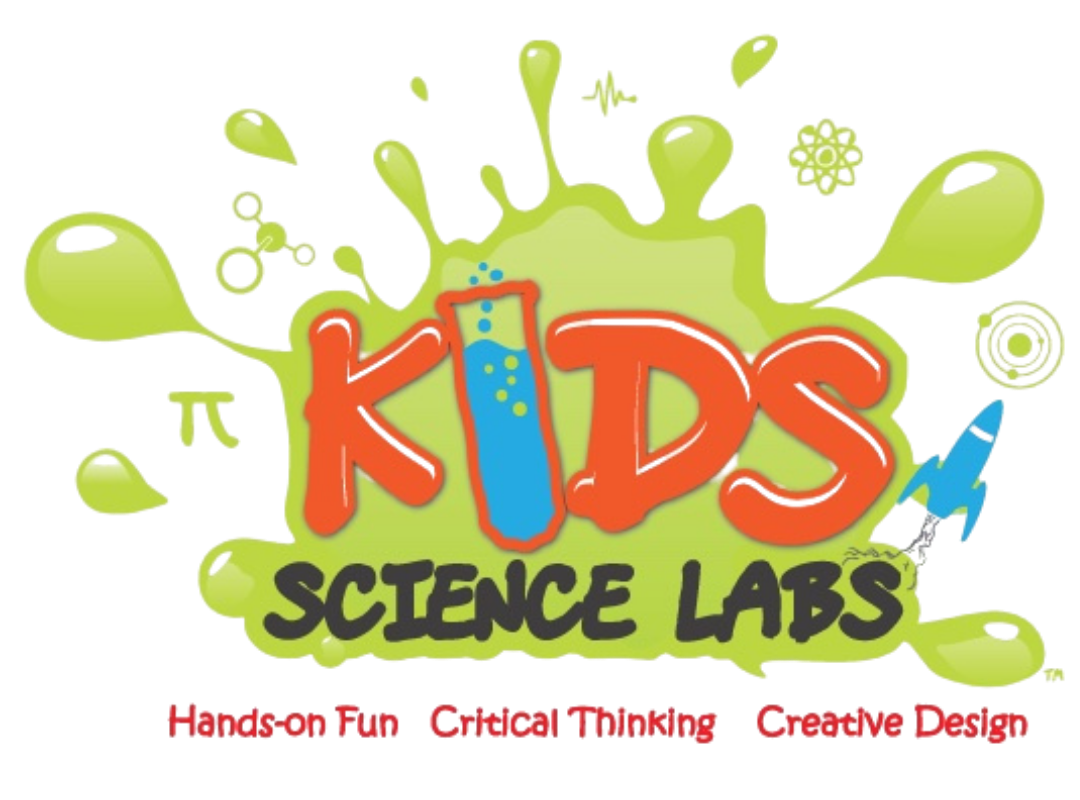Designing Bridges That Work for Pedestrians & Animals
As we think about traveling around cities around the world, we often come upon an area that becomes difficult to traverse, without designing a structure that allows for two types of traffic to flow safety. For example, a river may flow in one direction, while humans may need to go over the river. Similarly, we often design bridges when we need to get over busy highways or even bridges for crabs or other migratory land animals that we have disrupted with our roads and highways. Bridges are everywhere and rather than just tell kids what they are, at Kids Science Labs, we are exploring different types of bridges (arch, beam, truss, suspension) and experimenting with the materials and structures that result in the right combination to solve the problem.
On this day of KSL Camp, Scientists Explore Structural Design and Engineering of Types of Bridges for Pedestrians, Animals, & Vehicles. The underlying physics that our students explore throughout this camp day, may vary from class to class, depending on involves weight distribution, balanced forces, gravity and load bearing capacity.
Design and Innovation at Kids Science Labs using Bridges - Load Bearing Capacity Experiment #1
We start the day exploring and discussing types of bridges, as in our location in Chicago and Seattle, we have so many types to choose from. There are cantilever bridges, truss bridges, beam bridges, suspension bridges, that each serve a particular purpose to traverse a land gap, highway, river, or simply to safely connect two buildings downtown and avoid severe weather conditions. For simplicity, we allow kids the opportunity to manipulate a simple piece of paper (construction, copy, yardstick) to try to support greater weight (load bearing capacity). Even students in N3 (PreK) perform this experiment successfully, while offering 5th graders the creative opportunity to fold, twist, tape, and combine paper types to support several pounds of weight with just good structural engineering.
Now that our scientists have an understanding that bridges have beams to support weight or “load bearing capacity”, we increase the design challenge by using new materials to try to support additional weight. We often add popsicle sticks, pipe cleaners, paper products, various tapes, and give kids time to actual work through failure. At KSL, mistakes are incredibly valuable and a critical part of the learning process. We do not show kids how to make the bridge, but instead give them room to see their bridge not work to design, and then iterate 1, 2, and 3 designs.
Hands on Science at Kids Science Labs involves making complex engineering accessible to every student
We teach five or six different bridge design classes at Kids Science Labs, each one starting with a motivating question that totally changes the nature of all the experiments on that day. Often we find kids modify their designs substantially, because each time that explore the science concept, they have more confidence, and their brain has more accessible pathways to find a solution based on previous iterations. This is also a critical part of the learning process, just like in soccer, ballet, or music, without some degree of time allocation to explore and practice a concept, the learning is incomplete. As kids evolve, our oldest students, often 3rd grade +, and in some cases our N3-2nd graders, may start to explore using hydraulics and pneumatics as part of their engineering challenge for bridges.
Having the best science camps requires allowing kids time to test and learn from engineering mistakes.
We encourage kids to take bridge design at Kids Science Labs 3-4 times over time, as there are not only different structural engineering problems to explore with bridges, such as “How do I make a bridge longer without sacrificing its ability to support a heavy truck?”, but also different environmental conditions that must be considered such as “How do I design support beams that don’t fail when you place them in salt water?”. At Kids Science Labs, we are about questions that motivate kids to learn and improve the neuroplasticity of the brains, while encouraging their creativity and curiosity.
At Home, as you travel around the city, speak about bridge conditions, such as during rain, snow, heavy winds, because a bridge may freeze or be impacted by wind at substantially higher levels than your neighborhood block. You also can explore similar physics concepts that allow us to support weight effectively under Earth’s Gravity, such as stairs, elevators, or even the structure of the walls and ceilings in your home. If you ask a child' a question, a whole world opens up for discussion. That’s science.


